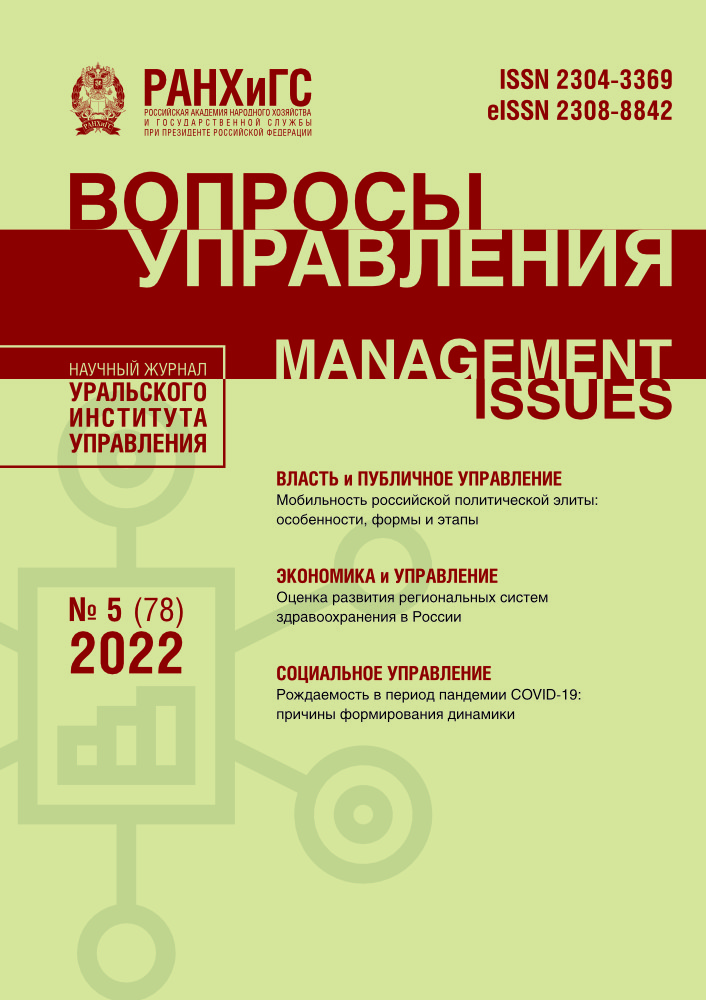ASSESSING THE DEVELOPMENTOF THE REGIONAL HEALTH CARE SYSTEMS IN RUSSIA
DOI:
https://doi.org/10.22394/2304-3369-2022-5-34-46Keywords:
medical services, inpatient treatment, outpatient treatment, hospital beds, doctors, remuneration, regions of Russia.Abstract
The development of healthcare is currently an urgent problem in Russia and its regions. The aim of the study was to evaluate five indicators characterizing the development of the healthcare system in the regions of Russia. At the same time, the tasks of developing a methodology for assessing the regional features of the development of the healthcare system in Russia, as well as the achieved level of accessibility of hospital and outpatient medical care in the regions, the availability of qualified medical personnel, as well as their remuneration were solved. The study used official statistical information on the activities of medical organizations located in all 82 regions of Russia for 2020. The density functions of the normal distribution were used as models. The study showed that, on average, the following specific values of indicators were achieved for ten thousand inhabitants in the regions. 85 hospital beds, there are ten thousand inhabitants. The capacity
of outpatient organizations was 289 patients for ten thousand inhabitants. On average, there are 48 doctors and 107 nurses per ten thousand residents. In most regions, remuneration in the healthcare sector did not differ significantly from the average pay in the corresponding region. The proposed methodological approach and the results obtained have scientific novelty, since a comprehensive assessment of the regional features of medical care in the regions of Russia has not been carried out before. The practical significance of the study for state and regional authorities is to take into account the peculiarities of the development of the healthcare system in the regions of Russia. The results of the work can be used in the activities of federal and regional structures related to the organization of medical care to the population and the justification for allocating additional resources to regions with a low level of medical care.











